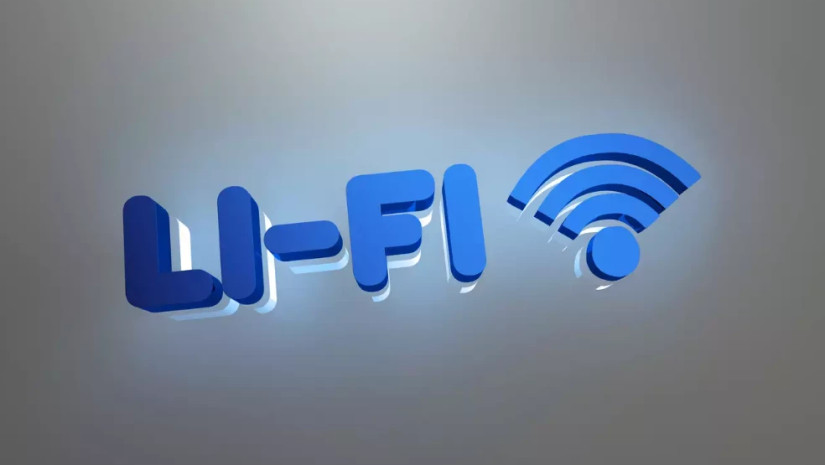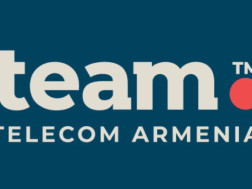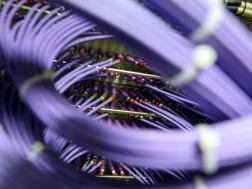The Institute of Electrical and Electronics Engineers (IEEE) has added 802.11bb as a standard for light-based wireless communications. The publishing of the standard has been welcomed by global Li-Fi businesses, as it will help speed the rollout and adoption of the data-transmission technology standard.
Advantages of using light rather than radio frequencies (RF) are highlighted by Li-Fi proponents including pureLiFi, Fraunhofer HHI, and the Light Communications 802.11bb Task Group. Li-Fi is said to deliver “faster, more reliable wireless communications with unparalleled security compared to conventional technologies such as Wi-Fi and 5G”. Now that the IEEE 802.11bb Li-Fi standard has been released, it is hoped that interoperability between Li-Fi systems with the successful Wi-Fi will be fully addressed.
Of course, Li-Fi isn’t going to sweep away Wi-Fi and 5G alternatives (nor wired networks). Radio waves still have a distinct advantage with regard to transmission through the atmosphere at great distance, and though opaque objects. Instead, work must concentrate on using horses for courses – with Li-Fi advantages being harvested where possible.
Where Li-Fi shines is not just in its purported speeds as fast as 224 GB/s. Fraunhofer’s Dominic Schulz points out that as it works in an exclusive optical spectrum, this ensures higher reliability and lower latency and jitter. Moreover “Light’s line-of-sight propagation enhances security by preventing wall penetration, reducing jamming and eavesdropping risks, and enabling centimetre-precision indoor navigation,” says Shultz.
Now the IEEE 802.11bb standard is published, manufacturers can have greater confidence in the ecosystem and start integrating the tech, where suitable. One of the big wheels of Li-Fi, pureLiFi, has already prepared the Light Antenna ONE module for integration into connected devices.
It is expected to see a far fuller gamut of Li-Fi network devices, and user devices which support the standard, emerge in the near future.
















